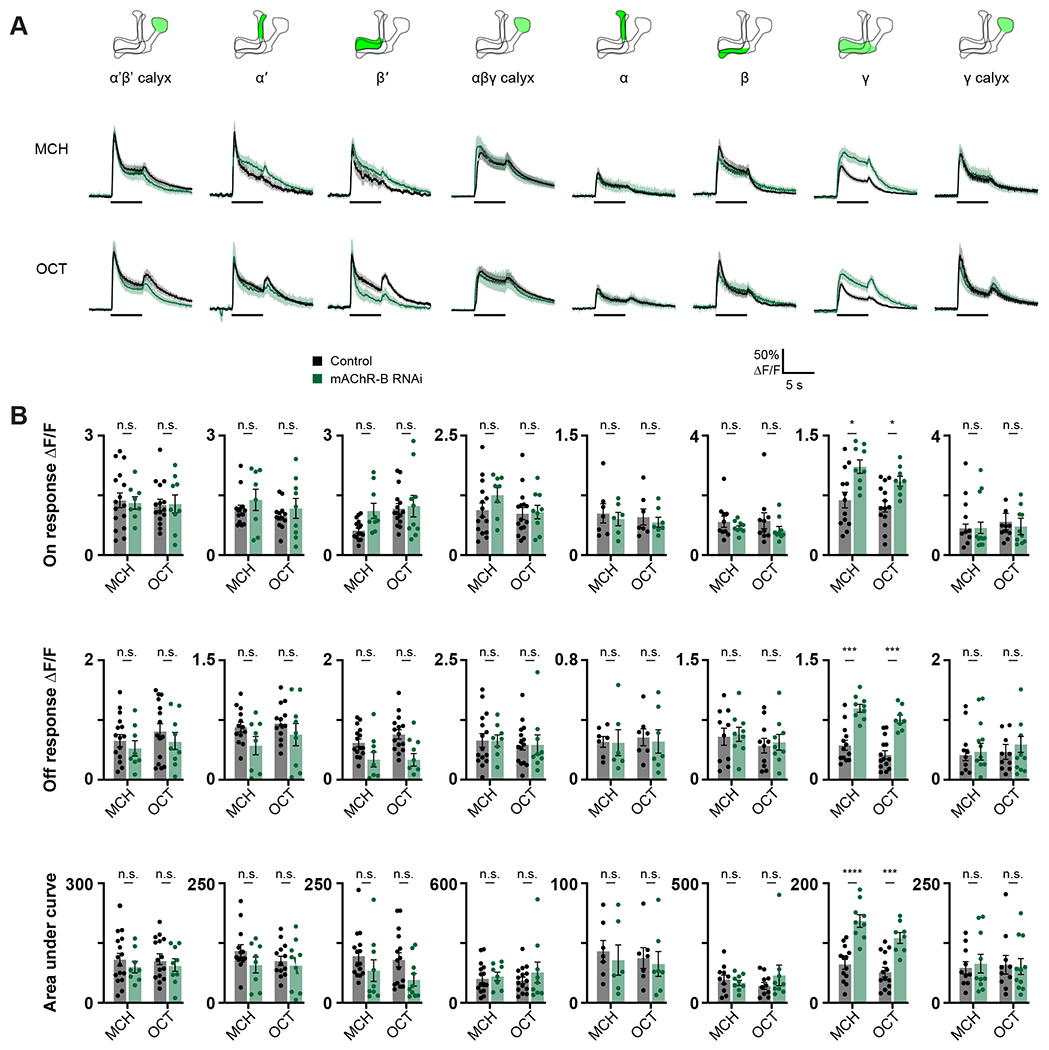Figure 3: mAChR-B knockdown increases odor responses only in γ KC axons.

Odor responses to MCH and OCT were measured in control flies (GAL4>UAS-GCaMP6f) and knockdown flies (GAL4>UAS-GCaMP6f, UAS-mAChR-B RNAi 1). The following driver lines were used c305a-GAL4 (α’β’ KCs), MB247-GAL4 (αβγ KCs), and R71G10-GAL4 (labels only γ KCs).
A. ΔF/F of GCaMP6f signal in different areas of the MB in control (black) and knockdown (green) flies, during presentation of odor pulses (horizontal lines). Data are mean (solid line) ± SEM (shaded area). Diagrams illustrate which region of the MB was analyzed.
B. Peak “on” response (top), Peak “off” response (middle), and the integral of the odor response (bottom) of the traces presented in A (mean ± SEM). Only in γ KC axons a significant increase in odor responses is observed. This increase was observed for both odors and in all modes of analysis, n for control MCH, OCT and KD MCH, OCT flies, respectively: α’β’ calyx, 16, 15, 8, 9; α’, 13, 13, 8, 9; β’, 15, 15, 9, 10; αβγ calyx, 15, 15, 8, 9; α, 7, 7, 6, 7; β, 10, 10, 9, 9; γ, 13, 14, 9, 8; γ calyx, 10, 10, 10, 11. * p < 0.05, *** p < 0.001, **** p < 0.0001 (Mann-Whitney test with Holm Šídák correction for multiple comparisons). For detailed statistical analysis see Table S1.
